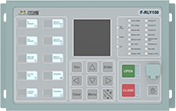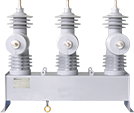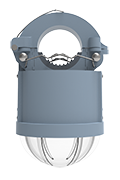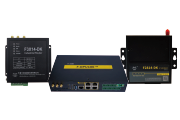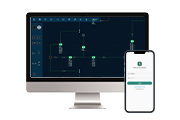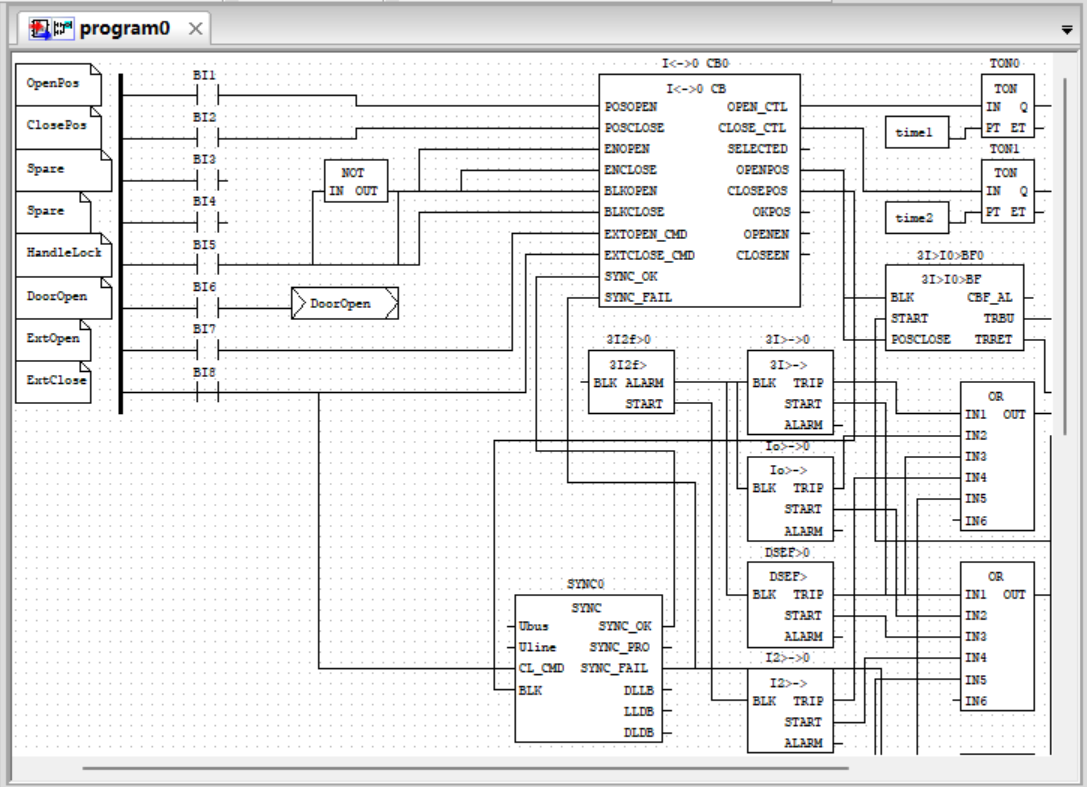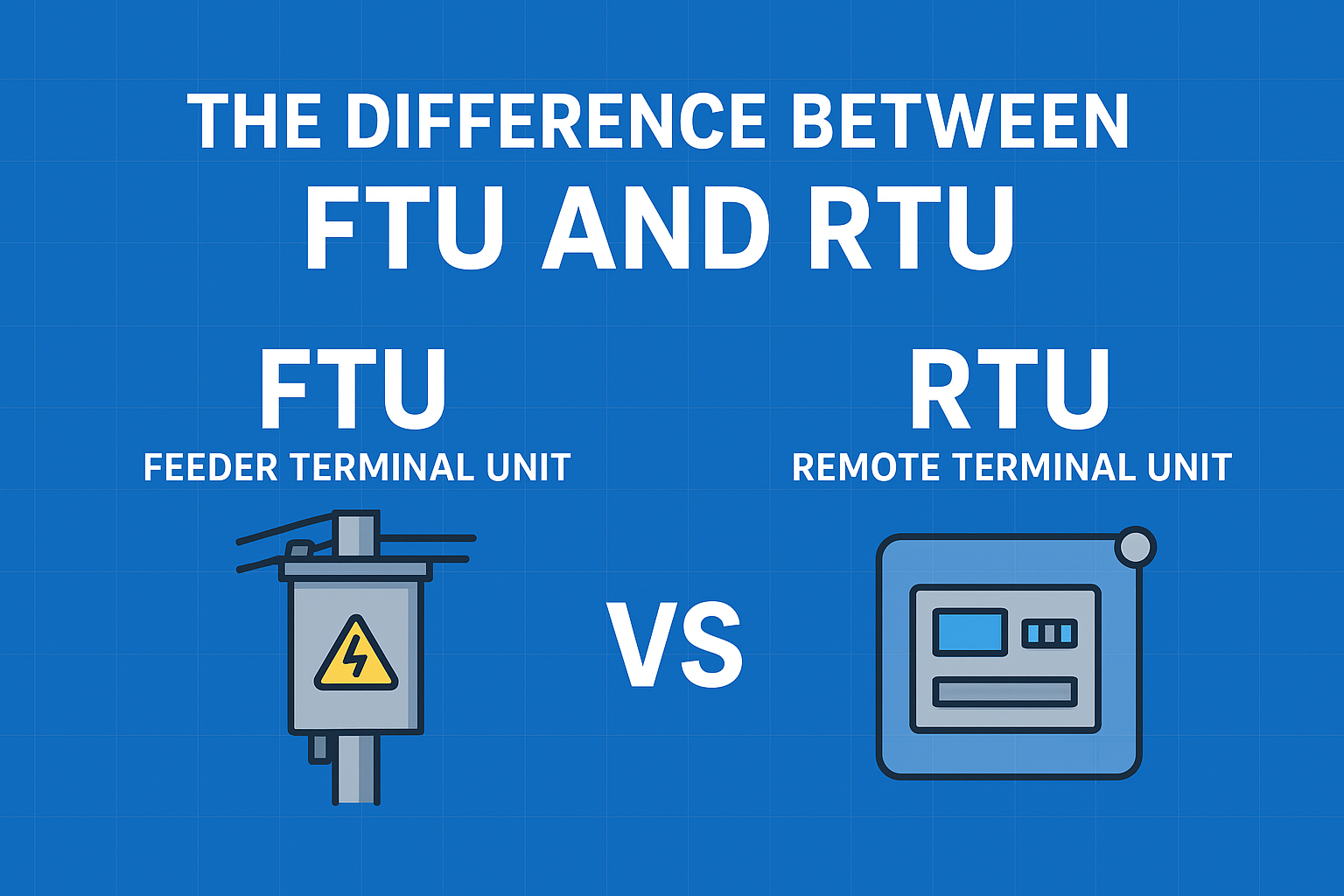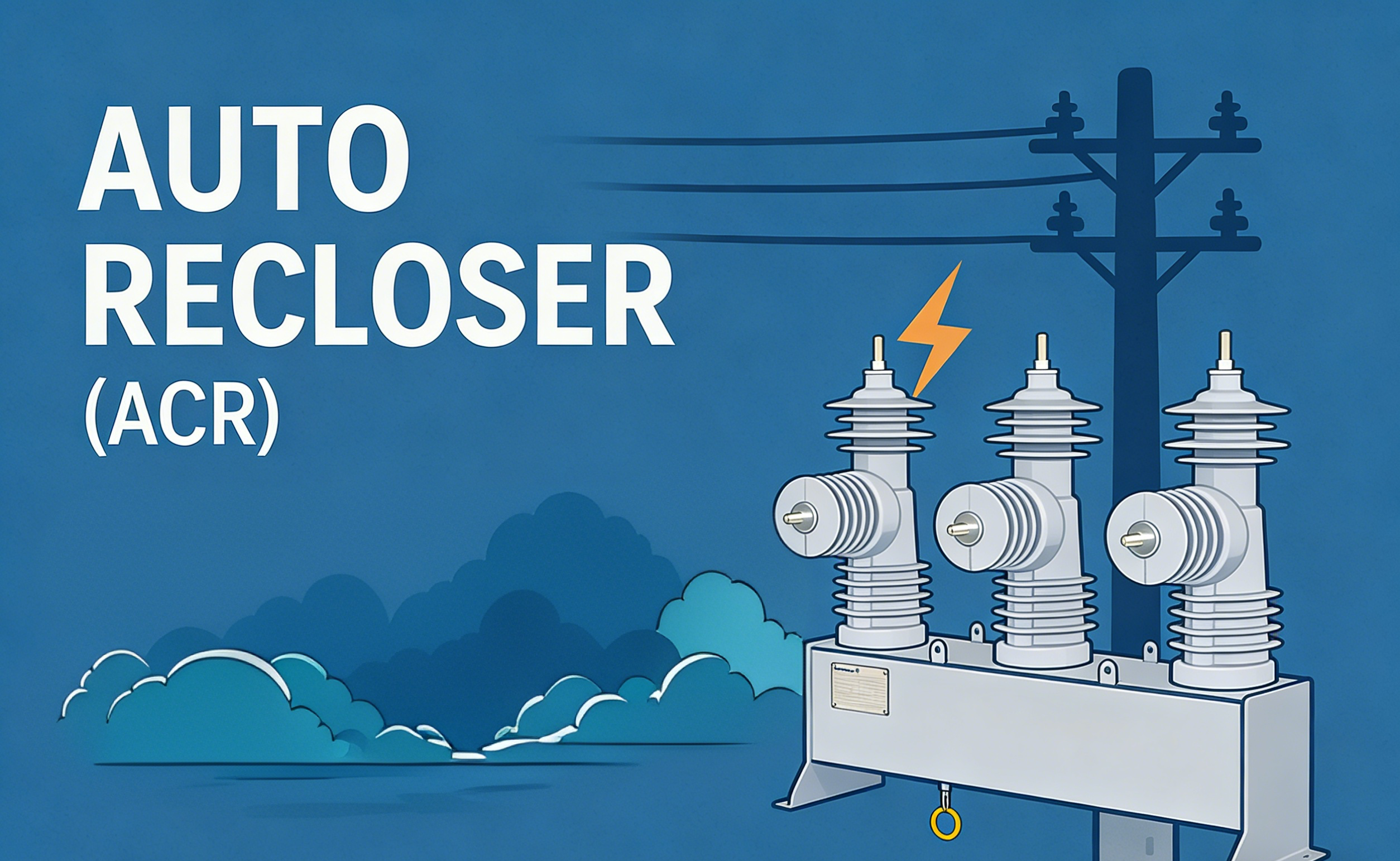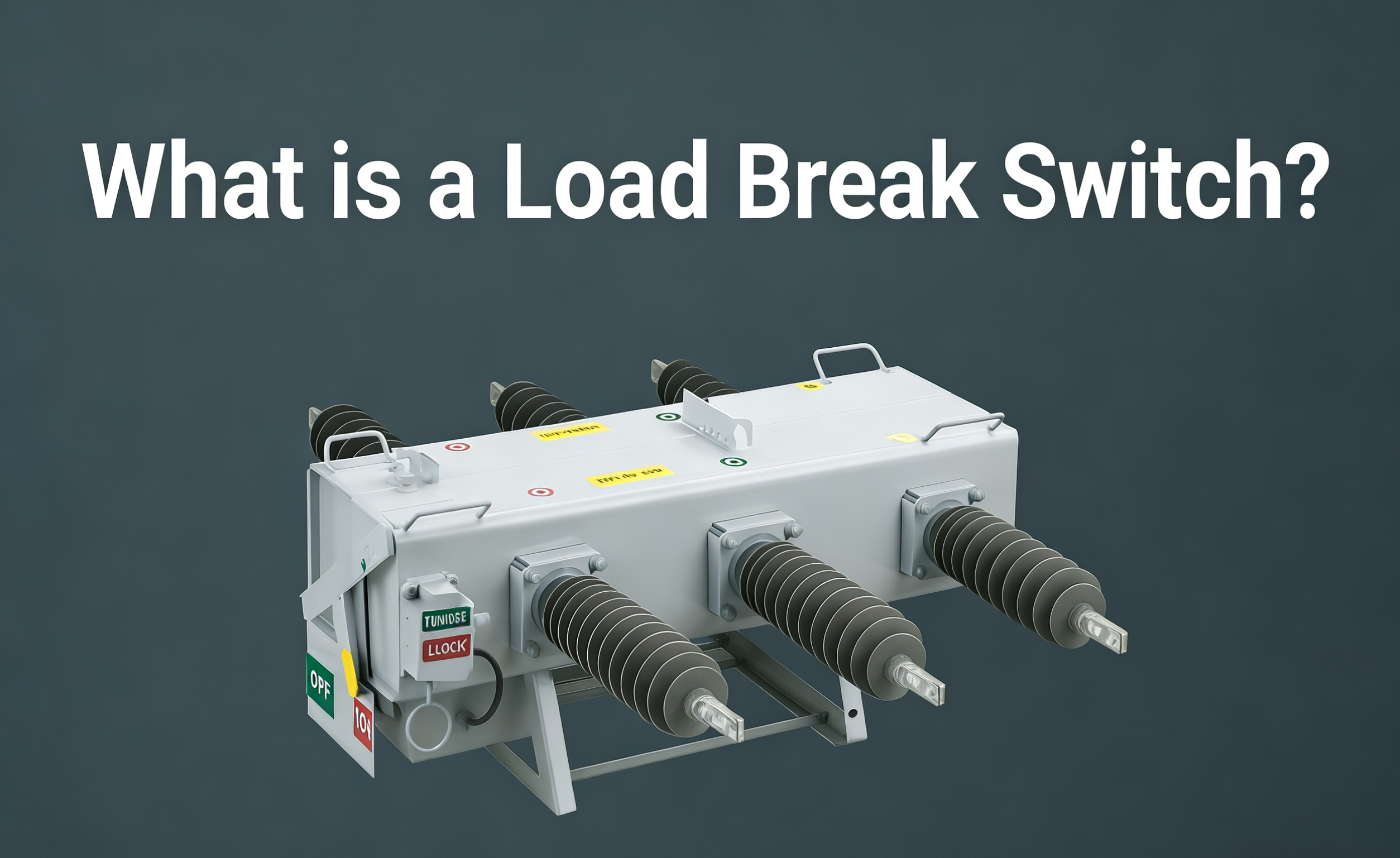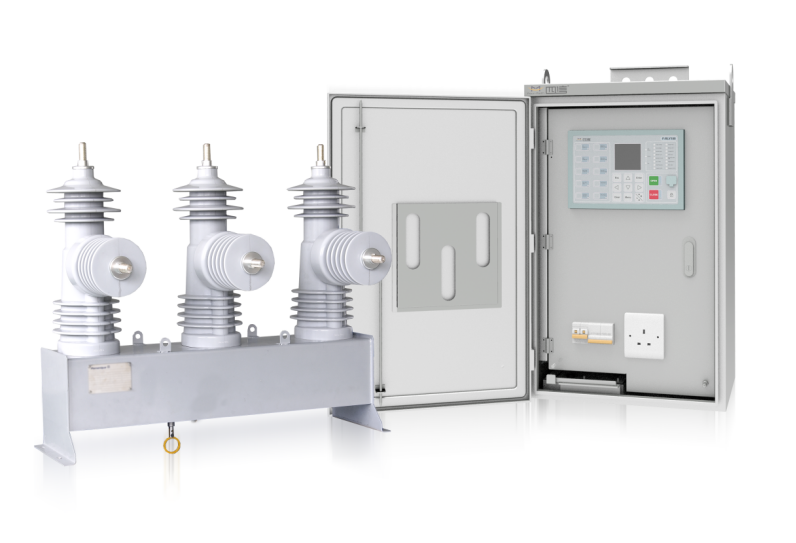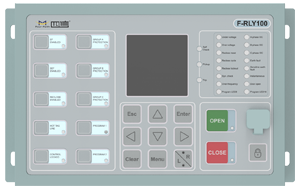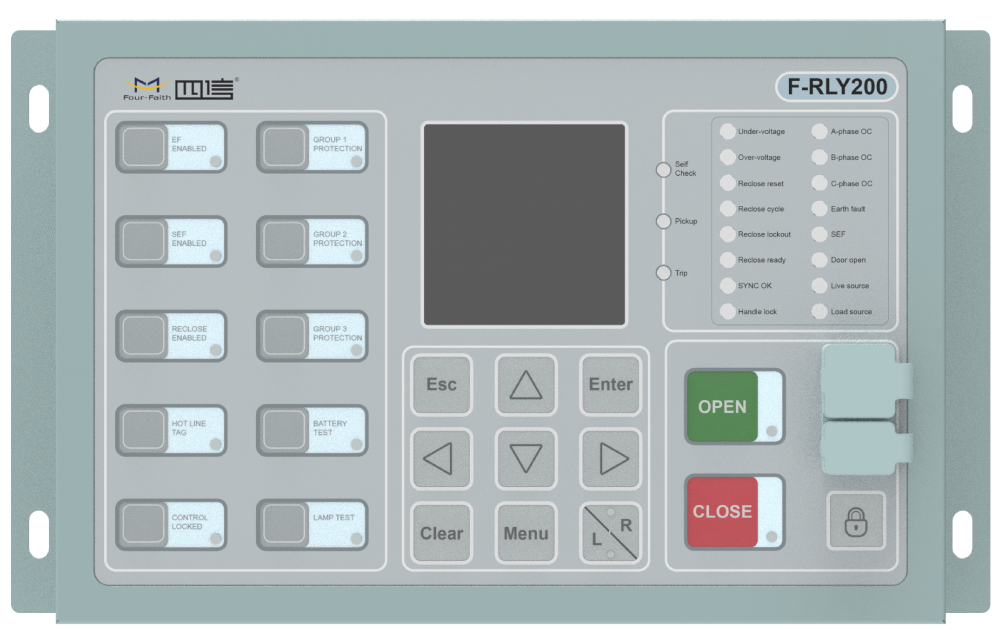News
Why Reliable Feeder Protection Relays Are Key to Distribution Automation ?
Date:2025-09-28
The demand for stable, efficient, and intelligent power distribution is rapidly increasing as modern societies grow more dependent on electricity. Power outages, equipment failures, and unstable grids can cause significant economic losses and customer dissatisfaction. To meet these challenges, utilities and industries are turning to distribution automation systems. At the heart of these systems lies a critical component: the feeder protection .relay
This article explores why reliable feeder protection relays are essential to distribution automation, what features define a trustworthy relay, and how they contribute to a smarter and more resilient grid.
What Is Distribution Automation?
Distribution automation (DA) refers to the use of intelligent control systems, communication technologies, and smart devices to monitor, protect, and optimize the operation of distribution networks. Unlike traditional manual operations, DA enables utilities to:
· Detect and isolate faults in real time
· Automatically restore power to unaffected areas
· Improve grid efficiency and reliability
· Integrate renewable energy sources seamlessly
Feeder protection relays play a central role in this process, acting as the first line of defense against system faults.
The Role of Feeder Protection Relays in Distribution Automation
Feeder protection relays are designed to safeguard feeders—medium-voltage lines that distribute electricity from substations to end users. Their primary functions include:
· Fault Detection and Isolation: Identifying short circuits, overloads, or ground faults and disconnecting the affected section.
· System Stability: Preventing faults from spreading across the network.
· Equipment Protection: Minimizing damage to transformers, cables, and switchgear.
· Data Collection: Providing real-time operational data for grid monitoring and optimization.
In essence, without a reliable relay, the entire distribution automation framework loses its effectiveness.
Why Reliability Matters in Feeder Protection Relays ?
Reliability is not just a desirable feature—it is a non-negotiable requirement for feeder protection relays. Unreliable devices can lead to:
· Extended Outages – Delayed fault detection can cause widespread blackouts.
· Increased Operational Costs–Frequent equipment failures demand higher maintenance and replacement expenses.
· Safety Hazards – Malfunctions pose risks to personnel and infrastructure.
· Integration Challenges – Poor reliability affects communication with SCADA systems and smart grid platform
A truly reliable feeder protection relay ensures that faults are detected quickly, isolated precisely, and reported seamlessly to the control center.
Key Features of Reliable Feeder Protection Relays
When evaluating feeder protection relays for distribution automation, utilities should look for the following characteristics:
· Fast Fault Response: Ability to detect and isolate faults within milliseconds.
· Advanced Communication Protocols: Compatibility with SCADA, IEC 61850, DNP3, and other smart grid standards.
· Flexible Configuration: Adjustable settings for different grid conditions and protection schemes.
· High Durability: Designed to operate in harsh environments with minimal downtime.
· Comprehensive Protection Functions: Overcurrent, earth fault, directional protection, reclosing functions, and more.
· Cybersecurity Readiness: Protection against unauthorized access and data tampering.
How Feeder Protection Relays Drive Distribution Automation?
Distribution automation depends on precise coordination between devices such as remote terminal units (RTUs), fault passage indicators (FPIs), and feeder relays. Reliable feeder protection relays enable:
· Automated Fault Location and Isolation – Reducing outage times from hours to minutes.
· Self-Healing Networks – Automatically rerouting power to unaffected areas.
· Real-Time Monitoring – Providing accurate system data for predictive maintenance.
· Improved Customer Satisfaction – Delivering consistent power supply with fewer interruptions.
In short, feeder protection relays are the backbone of automated, intelligent distribution networks.
Four-Faith Power’s Commitment to Reliable Protection
At Four-Faith Power, we understand that reliable feeder protection relays are the cornerstone of effective distribution automation. That’s why we developed the F-RLY100 and F-RLY200 Feeder Protection Relay, designed with cutting-edge protection functions and robust communication capabilities.
Key Benefits of the F-RLY100:
· High-speed fault detection and precise isolation
· Full range of protection functions (overcurrent, earth fault, reclosing, directional control)
· Remote monitoring and control via advanced communication protocols
· Rugged design to withstand challenging operating environments
· Easy integration into existing SCADA and distribution automation systems
By adopting the F-RLY100, utilities and industrial operators can significantly enhance the reliability of their distribution networks while reducing operational costs.
Automated Distribution Systems
· Improve energy efficiency with voltage/VAR optimization.
· Support load balancing and demand response.
· Facilitate integration of renewable sources like solar, wind, and microgrids
Conclusion
Reliable feeder protection relays are not just technical components; they are the foundation of modern distribution automation. They protect critical infrastructure, reduce downtime, support renewable integration, and enable smart, self-healing grids.
As distribution systems evolve, investing in reliable feeder protection relays like the Four-Faith Power F-RLY100 and F-RLY200 ensures that power networks remain safe, efficient, and future-ready.

